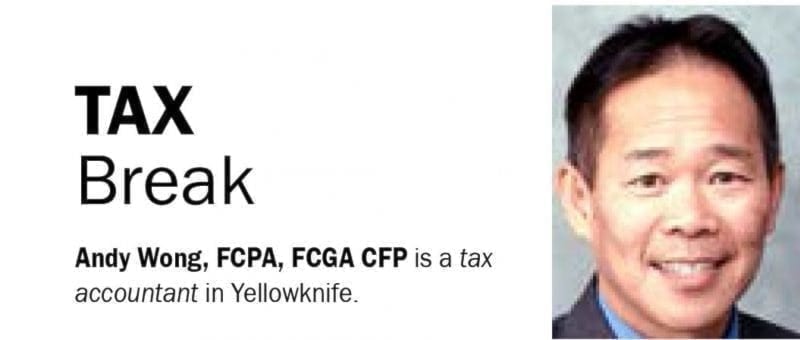You may be disappointed if you expect a large tax savings from claiming medical expenses.
Firstly, there is a ‘medical threshold’ you need to get over. The threshold is the lesser of three per cent of your net income or a maximum of $2,268 for 2017. Medical expenses totaling below your threshold does not count. Only the portion of your medical expenses that exceeds the threshold is claimable.
Here is how the threshold eats up your expected tax savings if you have $3,000 of qualifying medical expenses. Say your net income is $80,000. Your threshold would be $2,268 because it is less than your three per cent calculation of $2,400 (three per cent x $80,000 net income). Therefore, you can only claim medical expenses that exceeds your threshold of $2,268 for 2017.
A tax claim is a tax claim so why look a gift horse in the mouth? The medical expense is a tax credit, meaning, the tax savings from your allowable medical expenses is calculated at the lowest tax rate of 21 per cent (for territorial residents). If you had $3,000 of medical expenses, at a net income of $80,000, your tax savings is a paltry $147 (21 per cent x ($3,000 - $2,268)). That seems like a lot of paper work for a small tax savings.
Furthermore, not all medical expenses qualify as medical expenses for tax purposes. Here’s a recent Yellowknife reader’s question that spotlights this misunderstanding. “In 2017, I was treated for a pinched nerve. I had multiple chiropractor, acupuncture, massage and physiotherapy appointments. What is required to claim these costs?”
The short answer is – nothing is required. None of those common medical services are qualifying medical expenses because the services were received in the territories. This will sound loony – those same medical services would qualify if received in, say, British Columbia. Ditto, if you received those services in Alberta, except for the massage therapy. Yes, these medical tax rules are baffling, but they are not arbitrary.
The tax rules says a medical expenses include a fee paid to a ‘medical practitioner’. A ‘medical practitioner’ includes a massage therapist (or physiotherapist, acupuncturist, chiropractor) who is authorized to practice according to the law of the jurisdiction where the service is rendered. That means a chiropractor, etc., is a ‘medical practitioner’ in the Northwest Territories or Nunavut only if he or she is licensed under the laws of the Northwest Territories or Nunavut.
Here is the problem – the Northwest Territories and Nunavut do not have laws that govern these four professions. Hence, for tax purposes only, none of the four professional groups are ‘medical practitioners’ when they practice in the Northwest Territories or Nunavut.
British Columbia has laws that govern all four professions – massage therapy, chiropractic, physiotherapy and acupuncture – hence those four services, if received in BC, qualifies as a medical expense. What qualifies in one province may not qualify in another. Thankfully, the Canada Revenue Agency (CRA) publishes a handy checklist outlining these hodgepodge rules. Google ‘CRA authorized medical practitioners’.
Nonetheless, you do not want to miss claiming the following costly medical procedures. A tooth implant, In-vitro fertilization procedures or laser eye surgery. Associated travel costs such as airfare, hotel and meals, if you had to travelled to receive these service, count as medical expenses. You can also count on the CRA to ask for receipts if you claim any of these large, one-off expense so hang on to your receipts.
